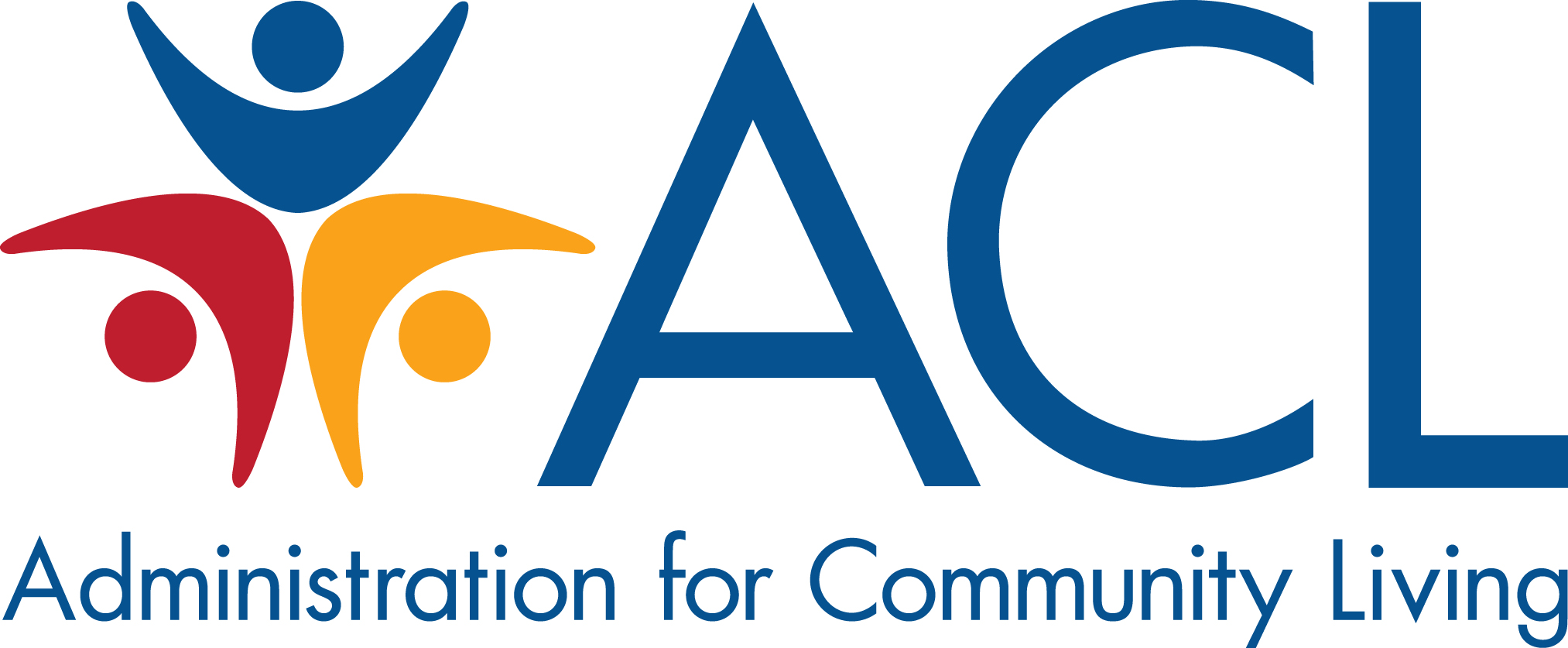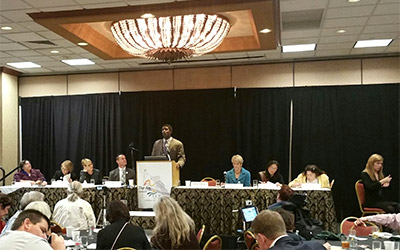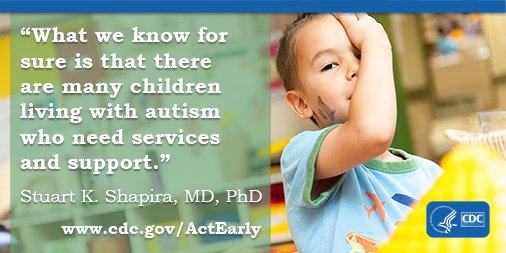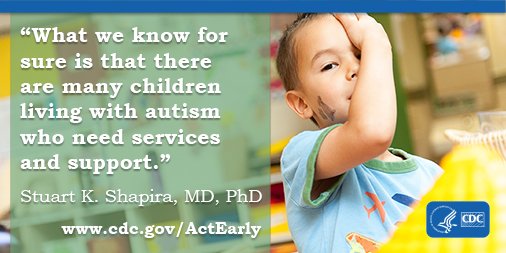A Message from Commissioner Aaron Bishop
Dear Friends and Colleagues:
As you may know, with the upcoming transition my service as Commissioner of the Administration for Disabilities will soon be coming to an end. It has been a true honor to serve at the Administration for Community Living for nearly four years.
In recent days, I’ve been reflecting on my time at ACL and our many accomplishments. When I began at ACL, the agency was barely a year old and all of us were wondering how this experiment would work out. Today, there can be little doubt that the disability and aging communities coming together around our shared commitment to community living has made all of us stronger.
I am particularly proud of our work to promote self-advocacy and to equip the developmental disabilities (DD) network with new tools to serve an increasingly diverse DD community. Through initiatives like the new National Resource Center for Self-Advocacy, we are putting the disability community’s motto of “nothing about us without us” into action by developing sound and stable self-advocacy organizations that will help people with DD have a say in their lives. We’ve also taken important steps forward in promoting cultural and linguistic competence across disability networks. This work has taken many forms, from collecting data on who our programs are reaching (and who they might be missing), to developing a pipeline of diverse emerging leaders, working more with broad-based civil rights organizations/movements and working in coalitions to address intersectional issues like the school-to-prison pipeline.
Promoting cultural and linguistic competence is just one of the ways we’ve worked to strengthen the disability networks. ACL has also responded to the increasing demand for business acumen skills across our networks as we all adjust to changing service delivery and payment models. The changing landscape also underscores the importance of strong collaboration between our diverse programs. In many of the states I’ve visited, I’ve had the opportunity to sit at long tables alongside IL advocates, aging network leaders, P&A lawyers, DD Council self-advocates and family advocates, UCEDD researchers, state policymakers, and many others. The policy conversations I’ve had at these long tables have been some of the most memorable and productive of my time at ACL because of who we were able to bring to the table and the diverse perspectives on real-life issues people were able to present.
Policy conversations like these are also changing our approach to employment for people with disabilities. As a result of our Partnerships in Integrated Employment grants we’ve seen states change Medicaid rates, develop new Ready to Work educational credentials, forgo the use of sub-minimum wage certificates, fully fund vocational rehabilitation services, and add new transition counselors, all with the aim of promoting employment for people with disabilities,
I’m also proud of some of our less visible victories, whether it is work that happens during a TA call or with colleagues at a federal working group meeting. Our engagement with grantees has helped strengthen organizations that serve people with disabilities and our engagement with federal partners has helped bring disability perspectives to important policy debates. I’m particularly proud of our ongoing involvement in HHS’ efforts to combat human trafficking and on cross-agency efforts to promote and strengthen early childhood programs.
However, none of this would be possible without the good people who surrounded me, starting with the team at AIDD, who I have had the pleasure of working with since 2013, and including the ILA team who joined in 2014. I could not ask for a more talented, dedicated, intelligent, passionate, and compassionate group of people (past and present) to work on program administration and policy with. No matter the program or issue, the team at AoD always had the needs, wants, and desires of people with disabilities on the forefront of their minds. I will sincerely miss working with the incredible staff here at AoD, at ACL, and across the disability and aging spectrums.
My career in the disability community began as a graduate student at the University of Wisconsin-Madison Waisman Center University Center for Excellence in Developmental Disabilities. Early in my career as a student, I worked with what was then called the Wisconsin Developmental Disabilities Council, the Wisconsin Coalition for Advocacy (the state’s protection and advocacy agency), the Independent Living Coalition of Wisconsin, the Wisconsin Coalition of Independent Living Centers, and what was then called the Wisconsin Coalition of Aging. Working at ACL was a homecoming to me and I feel privileged to have worked with people and organizations doing such important work across the country.
I would like to thank ACL leadership, past and present, and this administration for giving me this wonderful opportunity and allowing me to come full circle working with and leading such a wonderful network.
Though my last day at ACL may be January 20, I will always value the friendships and professional relationships I’ve established while at ACL. I hope you will stay in touch as my future continues to unfold; you can reach me by e-mail at ambishop33@yahoo.com.
Aaron Bishop


 Every March we celebrate Developmental Disabilities Awareness Month and the many contributions people with developmental disabilities (DD) make to our society. This year, the National Association of Councils on Developmental Disabilities, Association of University Centers on Disabilities, and National Disability Rights Network chose the theme “Side by Side” to highlight the principle that everyone benefits when people with and without disabilities live, learn, and earn “side by side” in the community.
Every March we celebrate Developmental Disabilities Awareness Month and the many contributions people with developmental disabilities (DD) make to our society. This year, the National Association of Councils on Developmental Disabilities, Association of University Centers on Disabilities, and National Disability Rights Network chose the theme “Side by Side” to highlight the principle that everyone benefits when people with and without disabilities live, learn, and earn “side by side” in the community. Today the
Today the 